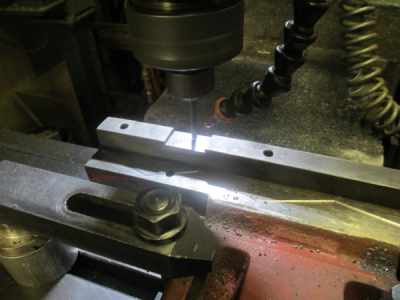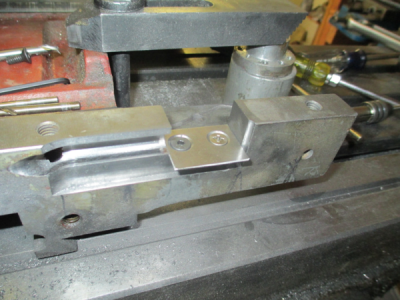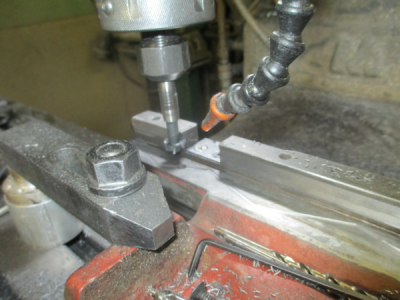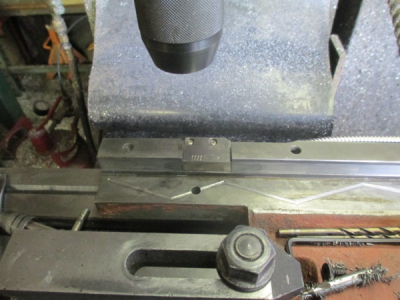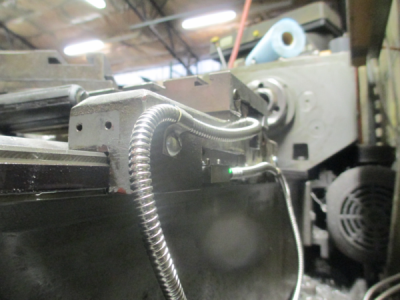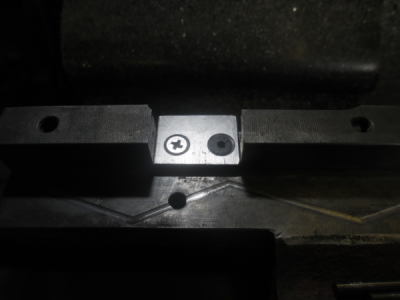OK, it's not quite done, but time to post anyway.
First the before picture.
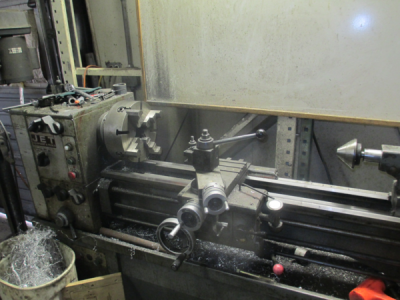
And the after installation picture. Still not quite back together, but I'm tired and need a break.

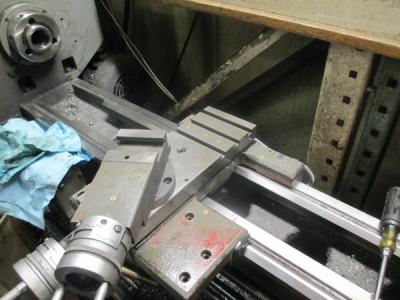
And the Readout.
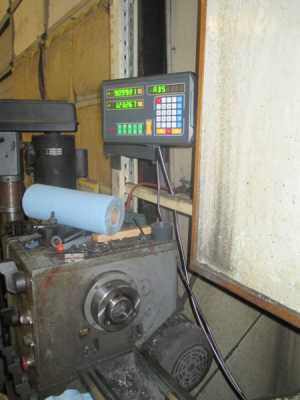
OK, now for the fun stuff. The goal was to mount the scales so that they would not be in the path of flying chips, dropped objects, and not interfere with any operation. I don't like the normal mounting systems for most DROs. So this means burying the the scales and read heads inside the works.
One of the magnetic read heads, 1 micron resolution.
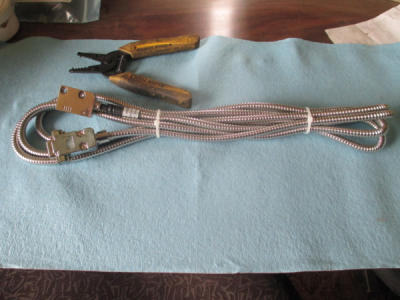
The before picture of the cross slide. The area above the dovetails is just clearance, not a bearing surface.
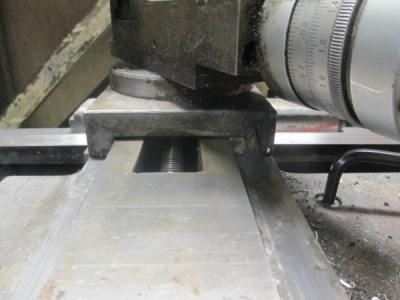
So milling a slot for the magnetic tape to sit in on the back of the cross slide. 1.6mm deep (mag tape thickness), 11 mm wide.
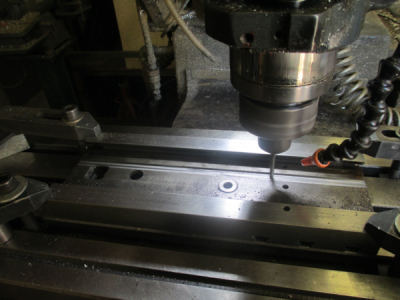
There were also no oil grooves on the cross slide, so I added some. 1/4 ball end mill, 0.015 deep. Whoever designed the oiling system on this lathe did not think it through very well, there was really no way for oil to get on the cross slide ways.
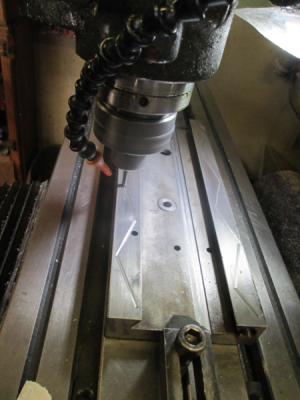
So now we have a slot for the mag tape.
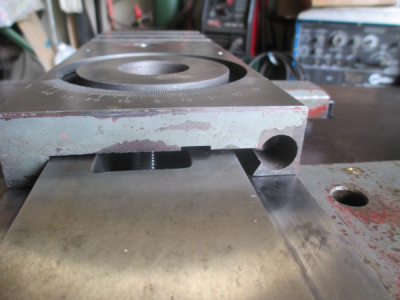
The next step is to mount the mag read head inside the carriage to line up with the mag tape. It needs to sit about here, more or less.
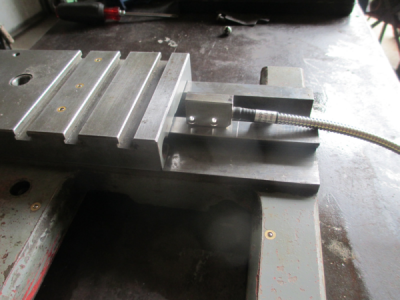
and another view
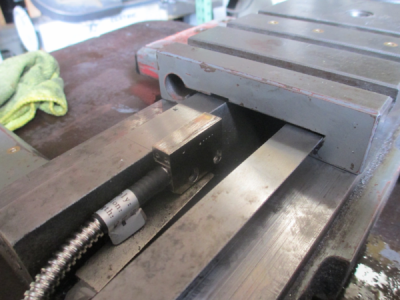
So clamping the carriage into the mill and locating the edges off of the cross slide, tells me where the mag read head needs to locate,
and that is about here
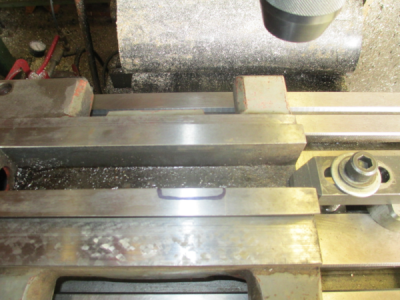
So chew out a pocket in the casting to mount the read head
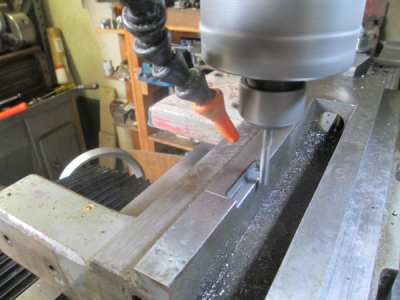
But we still have a little cable clearance problem. I can fix that

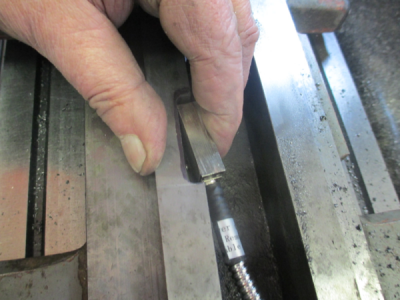
One 3/16 convex radius router bit. One minor problem, I need to go deeper than the bearing will allow.
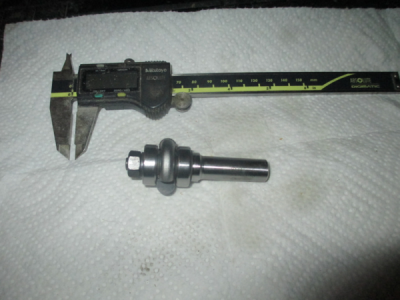
No lathe to make new spacers, so just break the bearings. Wrap in a heavy towel, and smack with a large hammer on a suitable solid surface. Forklift forks work well for this.

Now you have a suitable spacer with a much smaller diameter.
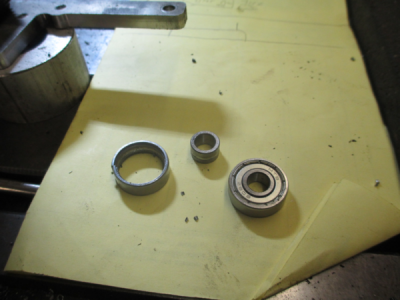
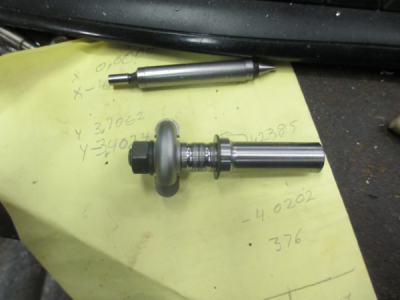
Now just carve out cable clearance. 500 RPM, 7 IPM, 0.010 step over.
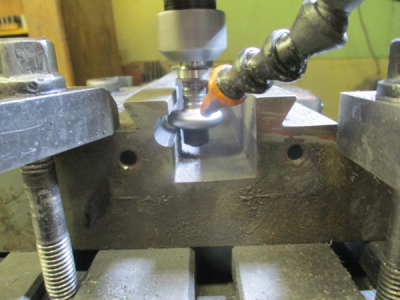
Now it fits properly.
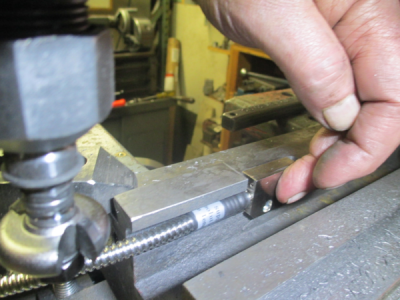
Then locate, drill & counterbore for the two M3 x 30mm mounting screws. I had to use a 1/4, 2 flute router bit to counterbore, the only thing I had that was the right size, and with enough length to counterbore 0.875 deep. I normally don't recommend an endmill in a drill chuck, but in this case I already had a 0.125 pilot hole through, and was very careful in my feeding.
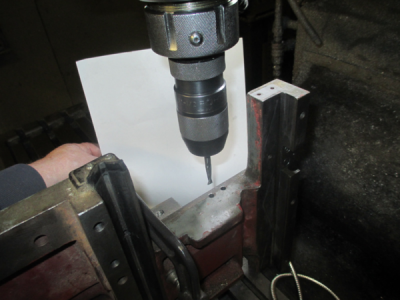
And there it is, mounted in place. You see why it is buried in the casting, not a heck of a lot of room between the nut and the read head.
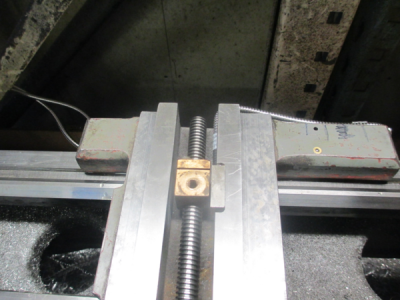
OK, the X axis is done, now on to the Z axis






















